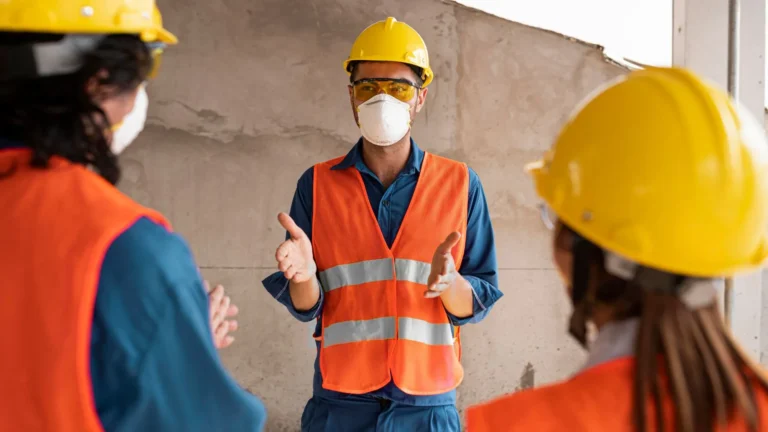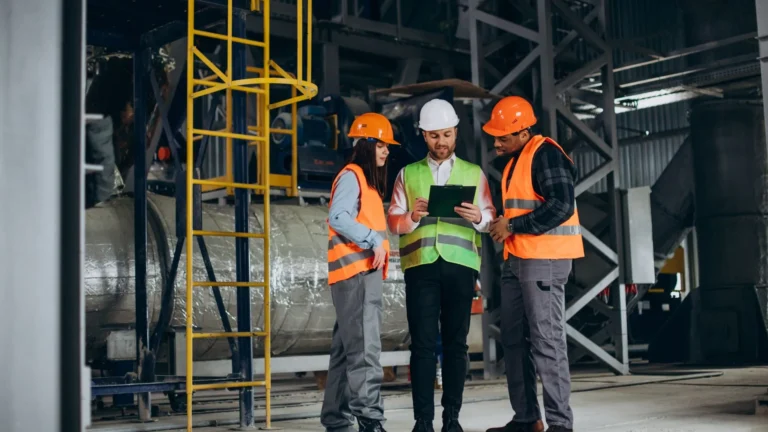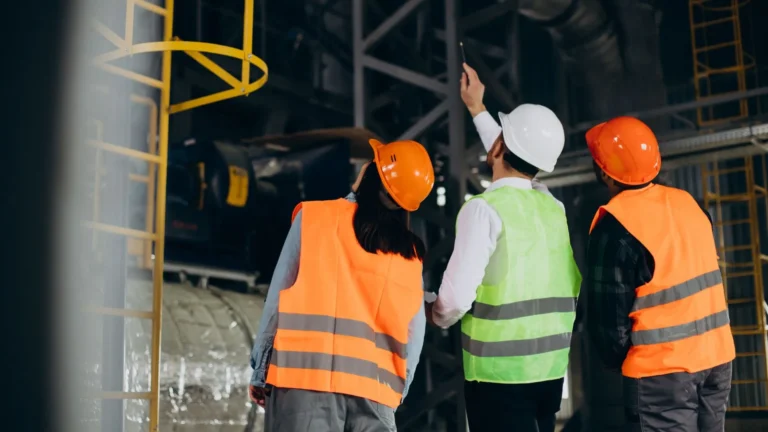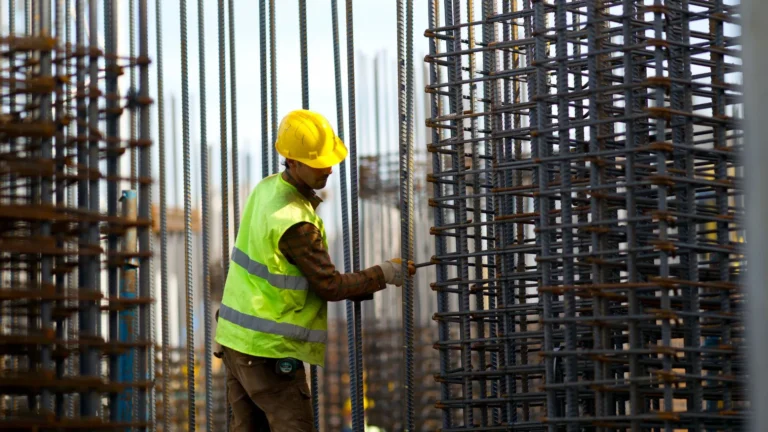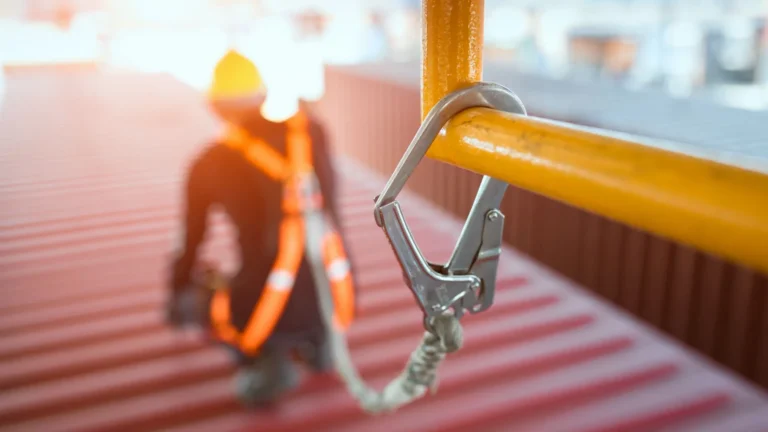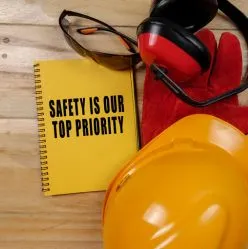Workplace WHS Inspection & Risk Assessment
- We can perform a third-party workplace or site WHS inspection on your behalf to identify generic and site-specific hazards, assess the risk and identify cost-effective risk treatment options.
- The value and contribution of the risk assessment and management processes cannot be underestimated. SSBS Will provide Systematic identification of all risks associated with work activities, operations, the facility, and implementation of effective mitigation strategies. We will provide
- Full and comprehensive risk profile of the entire operations or a specific area of concern.
- Quantified risk assessment of the operation.
- Suggestions of appropriate risk countermeasures (commensurate with risk rating).
- Provision of a fully documented risk register (as required in law).
Assisting businesses to identify and control workplace hazards
Every business has a Duty of Care to ensure all hazards are first identified and then controlled. Workplace Hazard identification is essential for the safety or all workers at every workplace, and can be as simple as a workplace inspection using a checklist.
A hazard is anything that can cause harm or injury to a person. Every workplace has many hazards, some in clear view and some hidden. Hazard identification is determined by conducting a workplace inspection on a regular basis. The level and type of control is best determined using the Hierarchy of Control.
Hazard Identification is a key area of our speciality
The simplest form of hazard identification is the use of workplace inspection checklists, typically by checking an area of the workplace or a process.
Using targeted checklists on a regular basis, generally monthly, is essential to identify any uncontrolled workplace hazards. This process is more effective when performed by a different person ensuring a fresh set of eyes.
We assist in the development of workplace inspection checklists. In addition, we can be that fresh set of eyes from time to time, conducting personal workplace inspections of your business.
Hazard control
Businesses should select hazard controls using the Hierarchy of Controls. In the first instance they should try elimination. If that is not possible then work down the list. This all sounds well in theory but the top three controls are hard to achieve. Generally this is because they need comprehensive changes to the workplace. The last two are easier to implement but are less effective.
So how do you go about selecting the right controls? This is another area where Site Safety – Be Safe provides that vital level of support. We can help you with either of the top three controls or assist with the preparation of procedures. We can also recommend PPE or other safety equipment.
Furthermore, a lot of the time businesses will need to use more than one control. For example, a business installs an extraction fan to suck away welding fumes, however, the workers still need to wear a respirator as a final back up to prevent breathing in toxic fumes.
OHS or WHS Risk Management OHS Risk Management
Effective OHS risk management is essential for any operating business. It takes on many forms, including simple Take 5 or SWMS right up to formal risk assessments. Site Safety – Be Safe help any size business or business model to manage their OHS or WHS risk management through:
Day to Day Risk Management
Day to day risk management is the review of risks associated with the work tasks that workers perform each day. We use a number of different tools and forms including:
- Safe Work Method Statements (SWMS);
- Job Safety Analysis (JSA);
- Task Hazard Analysis (THA);
- Take 5;
- STAR – Stop, Think, Assess & Respond;
- and a range of other tools.
All OHS and WHS laws require the identification and control of workplace risk. We use many of the above tools to assess and control workplace risk.
OHS Risk Assessment- Risk assessments for plant, equipment, processes or whole site.
A fatal incident can be devastating to a business. So often, when these incidents occur business say they never saw the cause of the incident as having the potential for a serious injury or fatality. This is why pre-emptive Risk Management is critical. An accurate OHS risk assessment is essential for any business operation. They ensure your business meets its requirements under either OHS or WHS legislation and form the basis of your site risk register.
Best Be Safe Today
Our Services
We provide expert health and safety consulting services to help you ensure a safe and healthy workplace. Count on us to assess risks, develop strategies, and implement effective solutions.
Expert advice for businesses to maintain a safe workplace and comply with legal obligations. We provide practical solutions, verbal or written, and maintain confidentiality. Our goal is to help businesses create a safety culture that enhances productivity and profitability.
We provide SWMS, JSA, SWP, SOP, and other OHS/WHS documents tailored to your business needs. Our experts can assess and recommend the necessary documents, or review and formalize existing ones into a user-friendly, integrated safety management system or plan. Contact us for assistance.
Tailored OHS/WHS plan to manage your business obligations. We review your activities and provide a unique SMS/SMP, avoiding online systems' drawbacks. We guide you through risk assessment, consultative process, policies, safe work systems, audit/inspection checklists, and staff training. Contact us for expert support.
Site Safety - Be Safe provides Safety Audits and Gap Analysis services to identify areas where businesses may have issues with health and safety compliance. This helps to improve workplace safety culture, minimize risks, and ensure legal compliance with WHS legislation.
Site Safety - Be Safe offers workplace WHS inspection and risk assessment services to identify hazards, assess risks, and provide cost-effective treatment options. They assist businesses in identifying and controlling workplace hazards, developing workplace
Site Safety - Be Safe offers assistance with Emergency Preparedness to ensure your workplace is ready to respond in case of accidents or emergencies. We can help with the formulation of Emergency Plans, Traffic Management Plans, First Aid Kit validation, and more.
We provides advice and strategy for effective contractor WHS management. We can assist in developing compliant contractor WHS management systems to cover pre-qualification, evaluation, and monitoring, as well as advise on the duty of care principle and best industry practices.
We provide injury management services to help organisations navigate the fallout of workplace injuries and illness. Our services include support in managing workers compensation claims, providing rehabilitation services, and minimising the financial and reputational costs associated with workplace injuries.
Site Safety-Be Safe's WHS consultants provide workplace incident investigation services in Australia, including the identification of incident root causes and implementation of corrective actions to prevent future occurrences.
Site Safety-Be Safe offers assessments to improve workplace safety and prevent incidents. These include OHS improvement plans, workplace lighting assessments, noise assessments, and ergonomics assessments. These services help identify potential risks and provide solutions to reduce the likelihood of incidents occurring.

